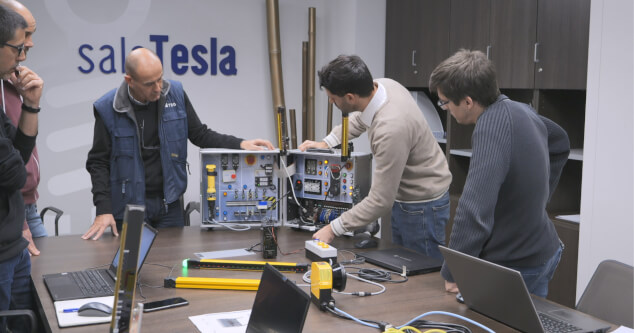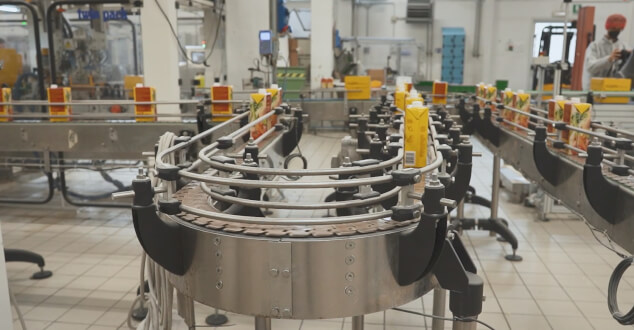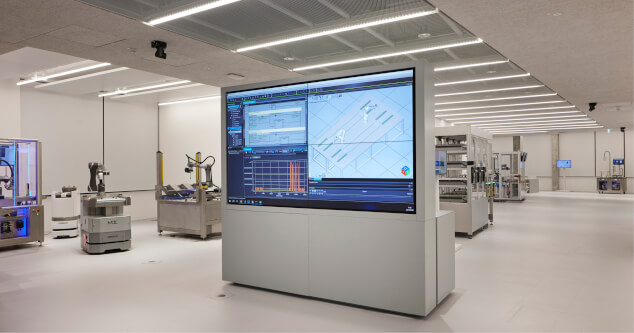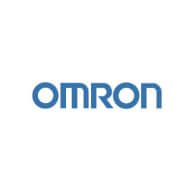How to build resilience into every manufacturing decision
Published on 17 July 2025 in Operational Excellence
Thriving through turbulence: How to build resilience into every manufacturing decision
In the world today, adaptability is no longer only a competitive advantage, it’s a necessity. Manufacturers across all sectors face continuous disruption: changing regulations, unpredictable demand, shifting supply chains, a growing workforce shortage and skills gap. Resilience isn’t something that can be tacked on after the fact. It must be designed into the system, embedded in strategy, and reinforced through technology and culture.
Here are five key principles for designing resilience into manufacturing operations:
1. Put customers and partners first
Resilient manufacturers share a common trait: they prioritize long-term relationships. In our experience, strong partnerships, with both customers and technology providers, create a foundation of trust that becomes invaluable during disruption. This foundation will also become stronger and more robust over time.
Whether it’s a global component shortage or a sudden regulatory shift, companies that operate with openness, loyalty, and collaboration respond faster and more effectively. These human connections are just as important to resilience as any machine or system.

2. Flexibility is the new efficiency
Manufacturers have long focused on efficiency, and rightly so. But in today’s world, flexibility matters just as much. Production systems need to shift seamlessly between product lines, scale with demand, and swiftly adapt to supply fluctuations.
This means rethinking processes and investing in technologies that support modularity and rapid reconfiguration, from robotics to intelligent control systems.
3. Use smart sensing and data management to stay one step ahead
Resilient manufacturers obviously need to monitor performance. However, they also anticipate problems before they happen and provide the possibility to go back and forth to the data history to identify problems if they occur. Real-time data, paired with AI-driven analytics, empowers teams to move from reactive to proactive.
Advanced sensing technologies can also play a crucial role in building resilience. They provide the data when needed and at the right time to make fast, informed decisions, from detecting quality deviations in real-time to identifying early signs of machine wear. But sensing is not only about productivity. It also supports business continuity by enhancing traceability, ensuring regulatory compliance, and enabling predictive maintenance.

When combined with safety technologies, smart sensors help protect people and processes alike. Integrated safety systems can adapt dynamically to changing workflows, reducing the need to stop production while still maintaining a safe environment. This kind of adaptive safety is essential in modern manufacturing, where flexibility often means frequent changeovers, mobile robotics, and collaboration between humans and machines.
Predictive maintenance, digital twins, and machine learning are no longer future concepts. They’re current necessities in a resilient operation.
4. Integration: The key to agility
To adapt at speed, manufacturers need systems that are both fast and flexible. Integrated automation platforms enable this kind of agility by seamlessly unifying control, motion, safety, vision, and robotics within a single architecture.
Integration reduces the dependency on scarce engineering resources. With standardized and open programming environments and modular components, teams can work more efficiently, replicate successful setups, and scale production capacity globally with less risk.

5. Resilience must be designed in
True operational resilience doesn’t come from patchwork fixes. It comes from integrated systems that are built to evolve. That’s why forward-looking manufacturers are designing with resilience from the ground up. They are embedding it into everything from supply networks to production planning to control systems.
At OMRON, this thinking is embodied in our Sysmac platform — a fully integrated, intelligent automation architecture that unifies control, motion, safety, robotics and vision into a single environment. It’s designed to simplify complexity, reduce engineering time, and enable agile, data-driven decision-making. Sysmac reflects our belief that resilience isn’t about having more tools. It’s about having the right platform to bring them all together, integrated seamlessly and efficiently.
We cannot predict every disruption. But we can design systems and organizations that are prepared to respond. By focusing on long-term relationships, integrated automation, and smart sensing, manufacturers can withstand change and thrive in it.
At OMRON, we are proud to work alongside manufacturers who see automation as a tool for efficiency, as well as a strategic lever for resilience. Together, we are building factories that are ready for whatever comes next.
Contact us for more information